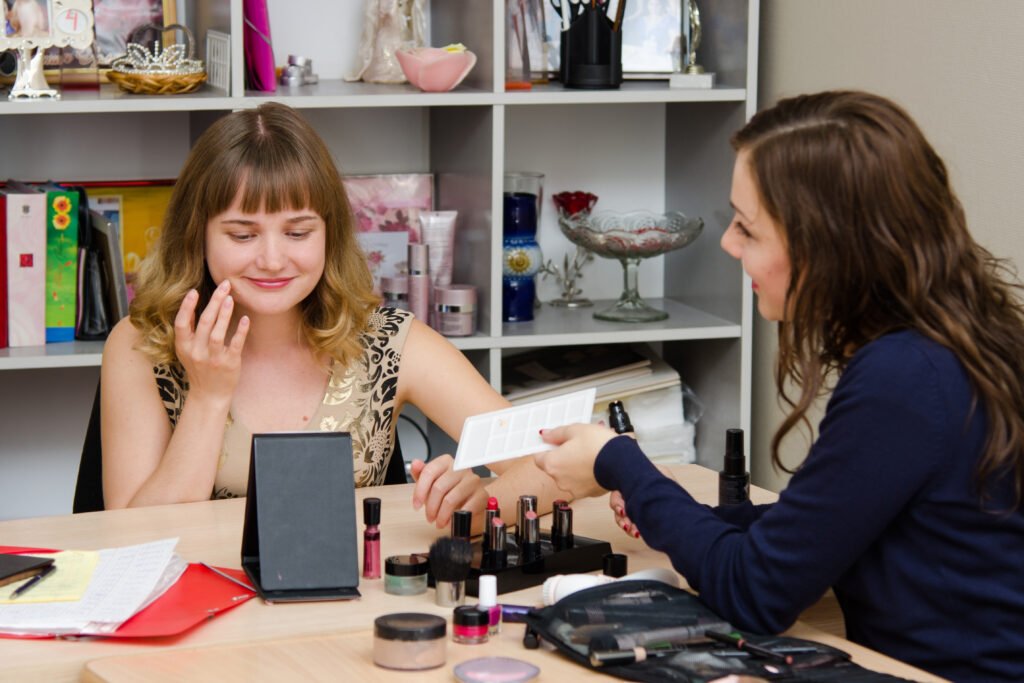1. Is “reducing the occurrence of blackheads” a “cleaning” effect?
The issue concerns the classification and filing of cosmetic efficacy claims. According to the “Cosmetic Classification Rules and Classification Catalogue”, it claims to “help reduce or alleviate the occurrence of acne (including blackheads or whiteheads); Helps the skin recover after acne “are” acne “effect. Therefore, “reducing the occurrence of blackheads” does not belong to the “cleaning” effect, but to the “acne” effect.
When judging whether a brand of facial cleanser has both “acne” and “cleaning” effects, it is necessary to make a comprehensive judgment based on the relevant content of the product name and the efficacy claim on the product label. If the product label claims that the cleanser can “reduce the occurrence of blackheads” while cleaning the skin, then the brand of cleanser should check both “acne” and “cleaning” efficacy categories under the classification code of the filing application form.
When filling out the efficacy claim under the classification code of the filing application form, it is necessary to pay attention to the following points: First, it is necessary to make a comprehensive judgment by combining the product name and the text description of the efficacy claim; Secondly, it should be accurately filled in according to the efficacy category, interpretation and claim guidelines in the efficacy claim classification directory; Finally, it should be noted that the content of the classification code should be consistent with the relevant content of the efficacy claim in the product label. This ensures the accuracy and compliance of product filings.

2. Do you need to check “Specific claims (efficacy of raw materials)” under the product label if the generic name of the product contains the name of specific raw materials or the words indicating the type of raw materials?
According to the provisions of Article 8 (2) of the Measures for the Administration of Cosmetics Labels, the generic name should be accurate and objective, and it can be a word that indicates the raw materials of the product or describes the use and use of the product. The use of the name of a specific raw material or of words indicating the class of the raw material shall correspond to the composition of the product formula, and the effect of the raw material in the product shall correspond to the claims of the product’s efficacy.” This means that if the generic name of the Chinese name of the product contains words such as the name of the raw material or indicating the category of the raw material, this is one of the cases of the raw material efficacy claim, so the specific claim (raw material efficacy) should be checked under the product label.
For example, if A product’s Chinese name is “**A (name of raw material) Toner”, and the product formula contains raw material A, then the product should check “specific claims (efficacy of raw material)”. It can be seen that if the product label shows that the product contains a certain raw material, and emphasizes that the raw material has a certain effect, then the “specific claim (raw material effect)” should be checked under the product label.
Therefore, to comply with relevant regulations and norms, the generic name of the cosmetics label should accurately and objectively describe the raw material or use of the product, if the generic name uses a specific raw material name or raw material category words, then it should ensure that the raw material is consistent with the product formula ingredients, and the effect of the raw material in the product should be consistent with the product efficacy claims. Therefore, it is also necessary to be particularly careful when making specific claims (the efficacy of raw materials) on the label.
When the foreign name of the imported ordinary cosmetics product contains raw material-related words, it is necessary to check whether “specific claim (raw material effect)” should be checked under the product label according to the composition of the raw material in the product formula and the efficacy claim of the raw material in the original sales package.

3. How to choose the efficacy claim category under the classification code item in the application form for filing ordinary cosmetics?
According to Article 5 of the “Cosmetic Classification Rules and Classification Catalogue”, “cosmetics shall be selected according to the efficacy category listed in the efficacy claim classification catalog”. This means that ordinary cosmetics cannot choose categories such as hair color, perm, freckle whitening, sun protection, hair loss prevention, and new efficacy, but should be selected in the efficacy categories other than these categories.
So how do you choose the right type of efficacy claim?
First, you need to understand what the different categories of efficacy claims cover. For example, cleaning products can select the “Clean” category; Skin care products can choose “moisturizing”, “anti-aging”, “whitening” and other categories; Hair care products can be selected “hair care”, “anti-dandruff” and other categories. When selecting the efficacy claim category, it is necessary to pay attention to the characteristics of different products and the applicable population to ensure that the selected category is consistent with the actual efficacy of the product.
There are also some special cases to be aware of. For example, some products may have multiple functions at the same time, in which case they should be selected based on their main function.
In short, the selection of the efficacy claim category under the classification code item in the ordinary cosmetics filing application form should strictly comply with the provisions of the “Cosmetic Classification Rules and Classification Catalogue” to ensure that the selected category is consistent with the actual efficacy of the product. At the same time, some special cases, can be explained in the remarks column to better understand the characteristics of the product and the applicable population.
